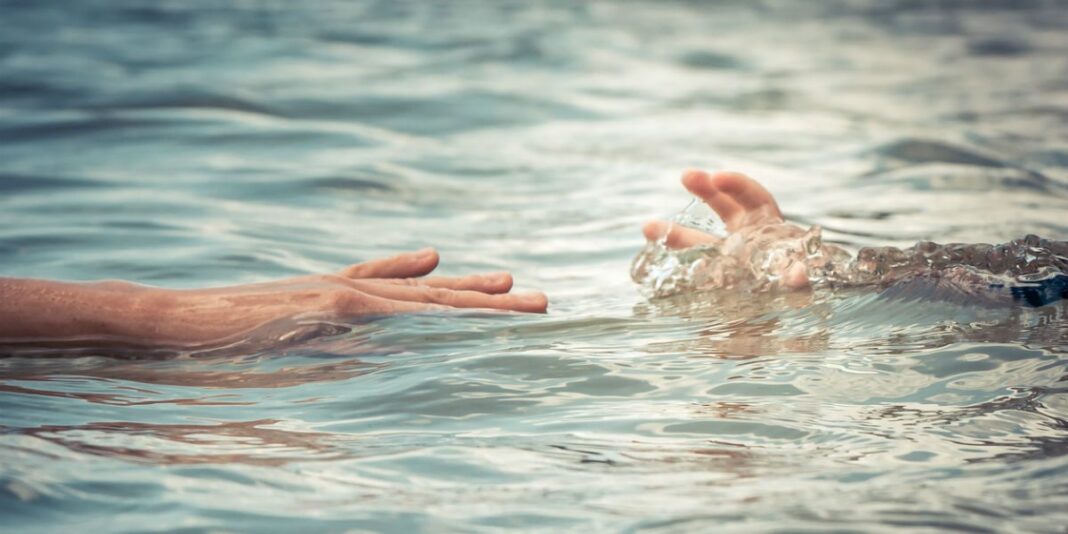Environmental Factors
Conditions such as strong currents, cold temperatures, and deep water can increase the likelihood of drowning. Ocean and river currents are particularly dangerous for swimmers who may not understand their power.
Individual Risk Factors
Individuals under the influence of alcohol, children, and those with certain medical conditions (like seizures) are more prone to drowning incidents.
Symptoms
Recognizing the Early Signs
Spotting a drowning person is not as obvious as one might assume. Recognizing subtle cues is vital in early intervention.
Physical Indicators
Look for signs like struggling to keep the mouth above water, flailing arms, or an upright position in the water without movement.
Behavioral Cues
It individuals often appear to be climbing an invisible ladder, trying desperately to stay above water without much progress.
Statistics and Impact on Society
Global Statistics
Every year, approximately 236,000 deaths occur worldwide, according to the World Health Organization. This silent epidemic predominantly affects children and adolescents.
Age Groups Most Affected
Children under five and young adults are disproportionately affected by incidents, especially in low-income and developing regions.
Impact on Families and Communities
The trauma of losing someone or surviving such an ordeal can leave lasting emotional and financial impacts on families and communities.
Prevention Techniques
Water Safety Tips for Adults and Children
Basic water safety practices can save lives. Simple steps like constant supervision and learning to swim can drastically reduce incidents.
Learning to Swim
Enrolling in swimming classes, especially for children, is one of the most effective ways.
Supervision and Buddy Systems
When near water, it’s essential to have an attentive adult present and to swim with a buddy, never alone.
Safety Equipment Use
Life jackets and floatation devices provide additional safety, especially for young children and non-swimmers.
The Importance of Learning CPR and First Aid
How CPR Can Save Lives
Cardiopulmonary resuscitation (CPR) is crucial in rescuing drowning victims, providing them a chance for recovery even if they are unconscious.
Steps for Administering CPR to Victims
Administering CPR immediately can increase survival chances. Start with rescue breaths before moving to chest compressions if the victim isn’t breathing.
Importance of Quick Response
Swift action can mean the difference between life and death. Time is of the essence in cases.
How to Respond in a Emergency
Steps to Take
- Assess the Situation – Ensure you can help without endangering yourself.
- Call for Help – Alert others and call emergency services.
- Safe Rescue Techniques – If safe, use a floatation device or reach with a stick to pull the person to safety.
Myths and Misconceptions
Debunking Common Myths
Many myths surround, often clouding people’s understanding of its risks and symptoms.
Always Loud and Visible”
Drowning can be silent and quick. Most people are unaware that often lacks the loud splashing depicted in media.
“Only Children Are at Risk”
Adults are just as susceptible, especially when underestimating water risks or swimming under the influence.
Understanding Dry and Secondary
What Is Dry?
Dry drowning involves a spasm of the airway, leading to asphyxiation without significant water entering the lungs.
What Is Secondary?
Secondary drowning, though rare, can be fatal hours after a near-drowning incident due to water-induced lung inflammation.
Treatment and Recovery after a Drowning Incident
Immediate Medical Care Needed
Drowning victims require urgent care to assess potential lung damage and restore normal breathing.
Hospitalization and Monitoring
Monitoring in a medical setting ensures that complications like secondary drowning or lung infection are promptly addressed.
Psychological Impact of Drowning Incidents
Emotional Consequences for Survivors and Families
Survivors may experience trauma and emotional distress, necessitating psychological support.
Dealing with Trauma
Therapy, counseling, and peer support are beneficial for families coping with the aftermath of drowning incidents.
The Role of Lifeguards in Preventing Drowning
Importance of Lifeguards at Pools and Beaches
Trained to respond to emergencies, lifeguards are crucial in preventing drowning.
Lifeguard Training and Skills
Lifeguards undergo rigorous training to ensure they can handle emergencies and prevent accidents.
Programs and Campaigns
Awareness Initiatives Worldwide
Global initiatives aim to educate people about drowning risks and safety measures.
Organizations Focused on Water Safety
Nonprofits and governments work together to reduce drowning through education and safety campaigns.
Drowning Prevention Tips for Parents and Caregivers
Ensuring Water Safety for Children
Teaching children about water safety and installing barriers around pools are essential precautions.
Conclusion
Drowning is a silent killer that affects people worldwide. With awareness, education, and vigilance, we can prevent many drowning incidents. Knowing how to recognize signs, respond swiftly, and encourage safety around water can save lives.
FAQs
- What is silent drowning?
It occurs without noticeable splashing or screaming, making it easy to miss. - Can adults experience secondary drowning?
Yes, It can affect anyone, regardless of age, following a near-drowning incident. - How does dry drowning differ from typical drowning?
In dry drowning, water doesn’t enter the lungs, but airway spasms prevent breathing. - What immediate steps should I take if someone is drowning?
Call for help, avoid risky rescues, and, if safe, provide flotation support to pull them from water. - Why is CPR essential in drowning cases?
CPR helps restore breathing and circulation, often crucial for survival post-drowning.


